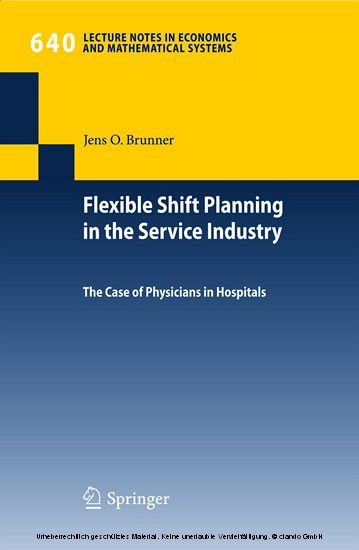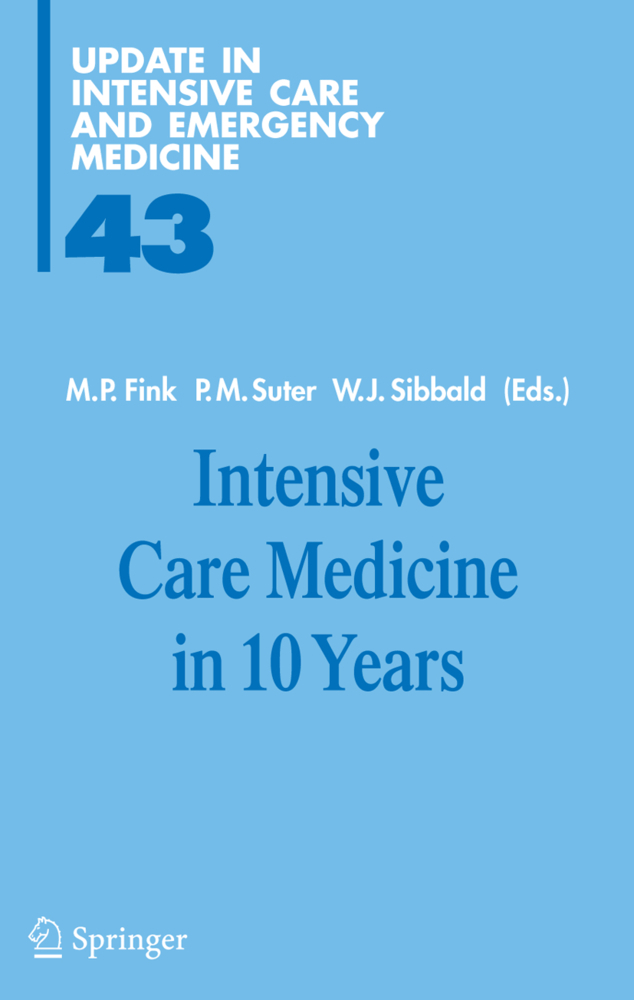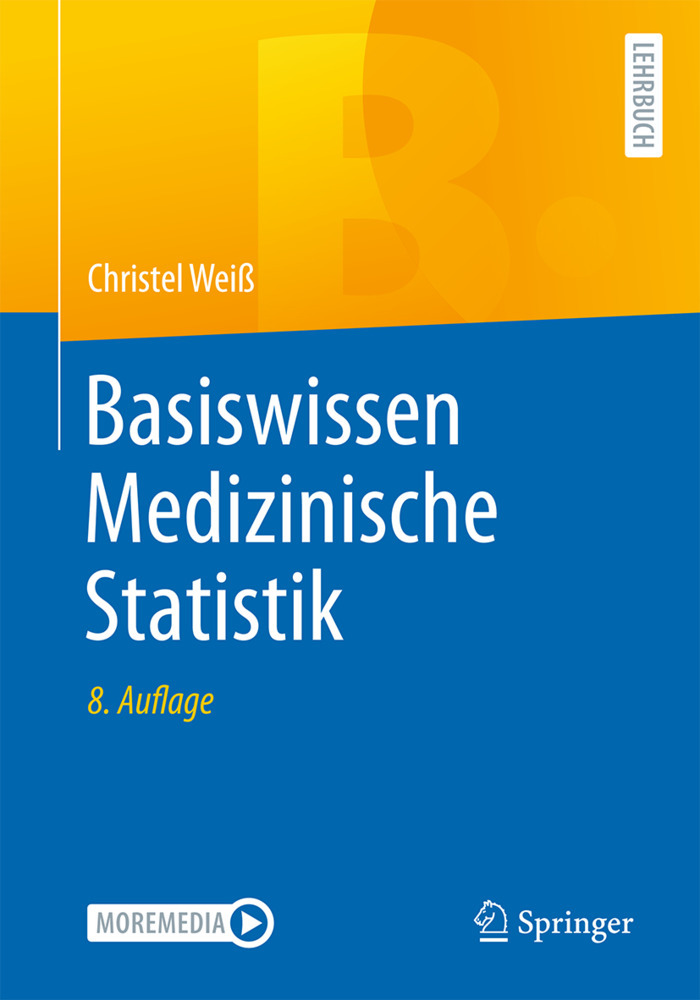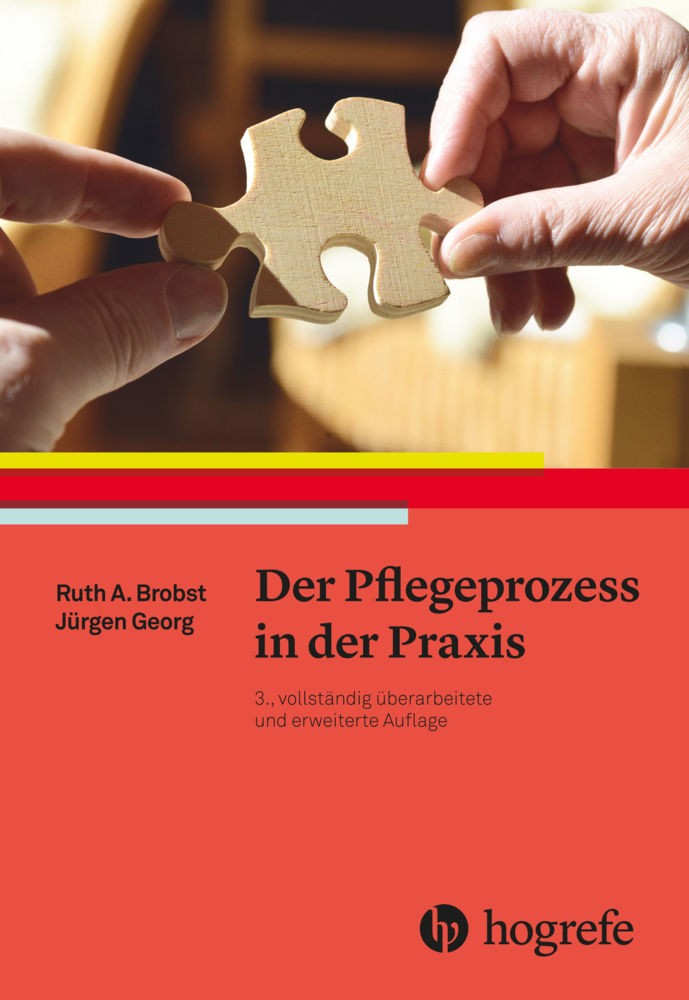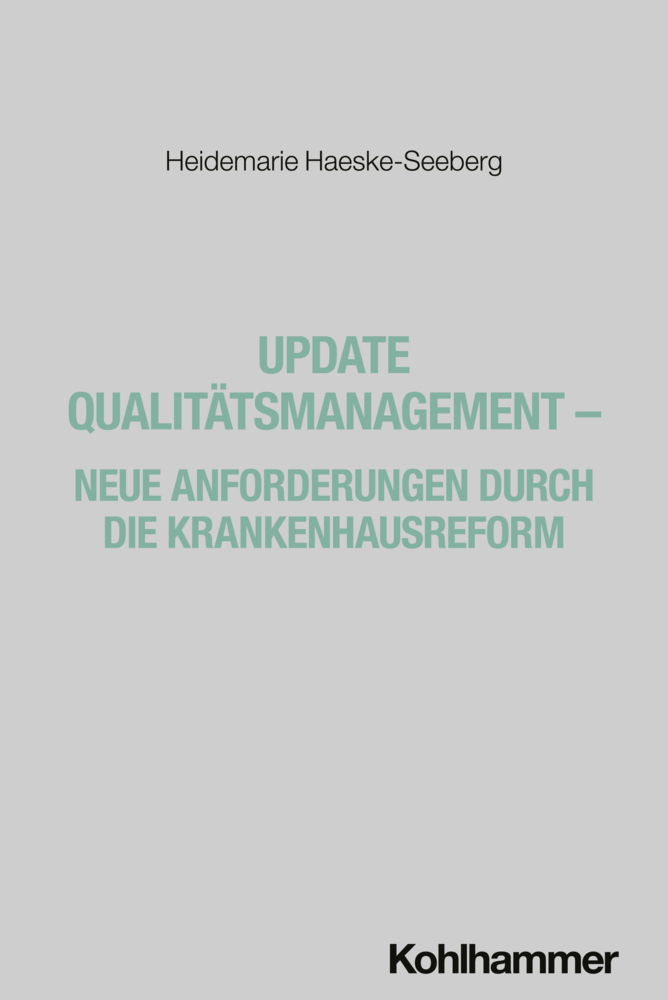Flexible Shift Planning in the Service Industry
The Case of Physicians in Hospitals
The book presents new ideas to model and solve the flexible shift planning problem of personnel workers in the service industry. First, a new modeling approach is proposed that requires shifts to be generated implicitly rather than employing a predefined set of shift types like three 8-hour or two 12-hour shifts to cover varying forecast demand. The objective is to minimize the total cost of the assignments given the general and individual labor restrictions.
1;Contents;6 2;List of Figures;8 3;1 Introduction;10 3.1;1.1 General Economic Situation in Hospitals;10 3.2;1.2 Complexity of Physician Scheduling;10 3.3;1.3 Topic of This Research;11 3.4;1.4 Outline;12 4;2 Literature Review on Personnel Scheduling;14 4.1;2.1 General Personnel Scheduling;14 4.2;2.2 Physician Scheduling;17 4.3;2.3 Implicit Shift Modeling;18 4.4;2.4 Column Generation and B&P;19 5;3 MIP Model for Flexible Shift Scheduling of Physicians;22 5.1;3.1 Basic MIP Model;22 5.1.1;3.1.1 Model Description;22 5.1.1.1;3.1.1.1 Hard Constraints;23 5.1.1.2;3.1.1.2 Soft Constraints;23 5.1.2;3.1.2 Model Formulation;26 5.2;3.2 Model Enhancements;32 5.2.1;3.2.1 On-Call Services;32 5.2.2;3.2.2 Time Window Restrictions;36 5.2.3;3.2.3 Break Assignment;37 5.2.3.1;3.2.3.1 Break Placement After a Predefined Time Span;37 5.2.3.2;3.2.3.2 Implicit Break Placement in a Defined Time Interval;38 5.2.3.3;3.2.3.3 Break Placements When Short Shifts are Considered;40 5.2.4;3.2.4 Holidays and Vacations;41 5.3;3.3 Case Study: Anesthetist Scheduling;43 5.3.1;3.3.1 Current Practice;43 5.3.2;3.3.2 Solution of the Model;44 6;4 Solution Methodologies;47 6.1;4.1 Preprocessing;47 6.2;4.2 Heuristic Decomposition Strategy;49 6.3;4.3 Column Generation and B&P Algorithm;52 6.3.1;4.3.1 Master Problem Formulation;54 6.3.2;4.3.2 Subproblem Formulation;57 6.3.3;4.3.3 Finding Integer Solutions;62 6.3.4;4.3.4 Branching on MP Variables (MPVarB);63 6.3.5;4.3.5 Branching on SP Variables (SPVarB);66 6.3.6;4.3.6 A Dual Point of View;69 6.3.6.1;4.3.6.1 Dual Space by MPVarB;69 6.3.6.2;4.3.6.2 Dual Space by SPVarB;70 6.3.7;4.3.7 Heuristics for the B&P Algorithm;71 6.3.7.1;4.3.7.1 Initialization Heuristic;71 6.3.7.2;4.3.7.2 Feasibility Heuristic to Find Integer Solutions;72 6.3.7.3;4.3.7.3 Rounding Heuristic to Find Integer Solutions;74 6.3.8;4.3.8 Enhancements for the B&P Algorithm;75 6.3.8.1;4.3.8.1 Lower Bounds and Early Termination;75 6.3.8.2;4.3.8.2 Aggregation of Subproblems;78 7;5 Experimental Investigations;81 7.1;5.1 Input Data From MRI;81 7.1.1;5.1.1 Demand Profiles;82 7.1.2;5.1.2 Basic Parameter Settings;87 7.2;5.2 Heuristic Decomposition;88 7.2.1;5.2.1 Analysis of Different Model Features;90 7.2.2;5.2.2 Parametric Analysis;92 7.2.2.1;5.2.2.1 Maximum Shift Length;92 7.2.2.2;5.2.2.2 Time Window Length;93 7.2.2.3;5.2.2.3 Number of Physicians;93 7.2.3;5.2.3 Analysis of Instances of Different Sites;94 7.3;5.3 B&P Algorithm;95 7.3.1;5.3.1 Two-Week Problems;100 7.3.2;5.3.2 Four-Week Problems;101 7.3.3;5.3.3 Six-Week Problems;101 7.3.4;5.3.4 General Observations;102 7.4;5.4 Comparison of Both Algorithms;102 8;6 Conclusions and Further Remarks;106 8.1;6.1 Summary and Conclusions;106 8.2;6.2 Final Remarks and Further Research Directions;108 9;Appendix;109 9.1;A.1 Abbreviations, Notation, and Symbols;109 10;Bibliography;116
Brunner, Jens O.
| ISBN | 9783642105173 |
|---|---|
| Artikelnummer | 9783642105173 |
| Medientyp | E-Book - PDF |
| Auflage | 2. Aufl. |
| Copyrightjahr | 2010 |
| Verlag | Springer-Verlag |
| Umfang | 117 Seiten |
| Sprache | Englisch |
| Kopierschutz | Digitales Wasserzeichen |

